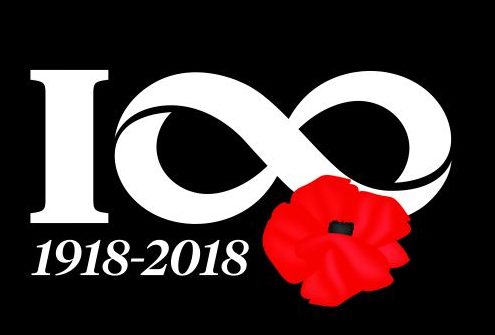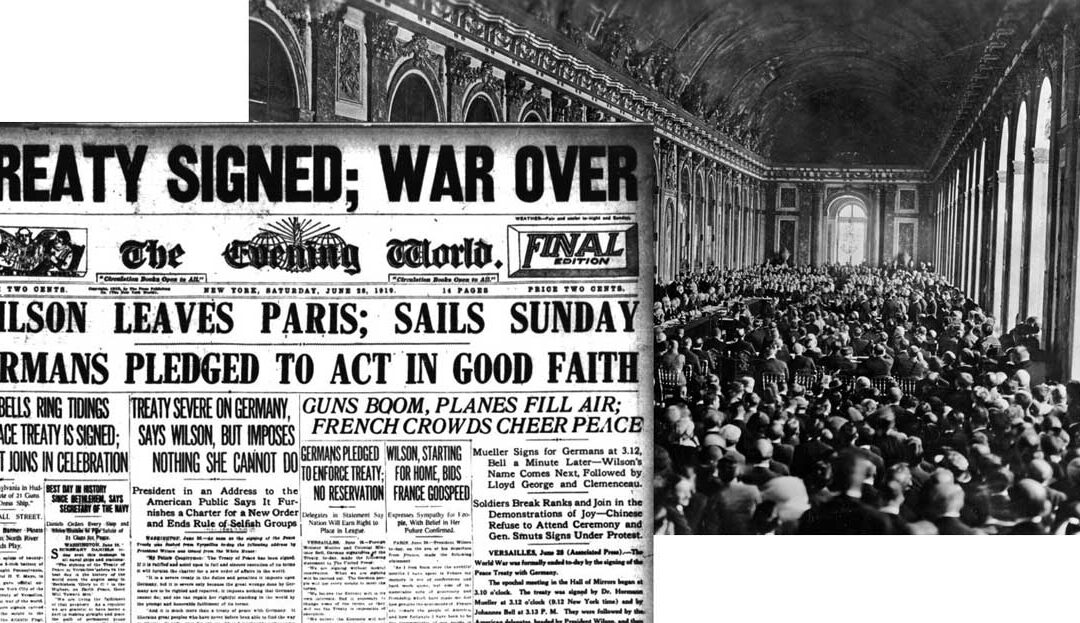
by Ciprian Stoleru | Jun 28, 2020 | Programmatic Documents, Treaty of Versailles
It was just after 3 pm, on June 28th, 1918, when the two German ministers elected for the ungrateful task of signing the Peace Treaty entered the great Hall of Mirrors in the Versailles Palace. German Foreign Minister Hermann Muller and Transport Minister Johannes... 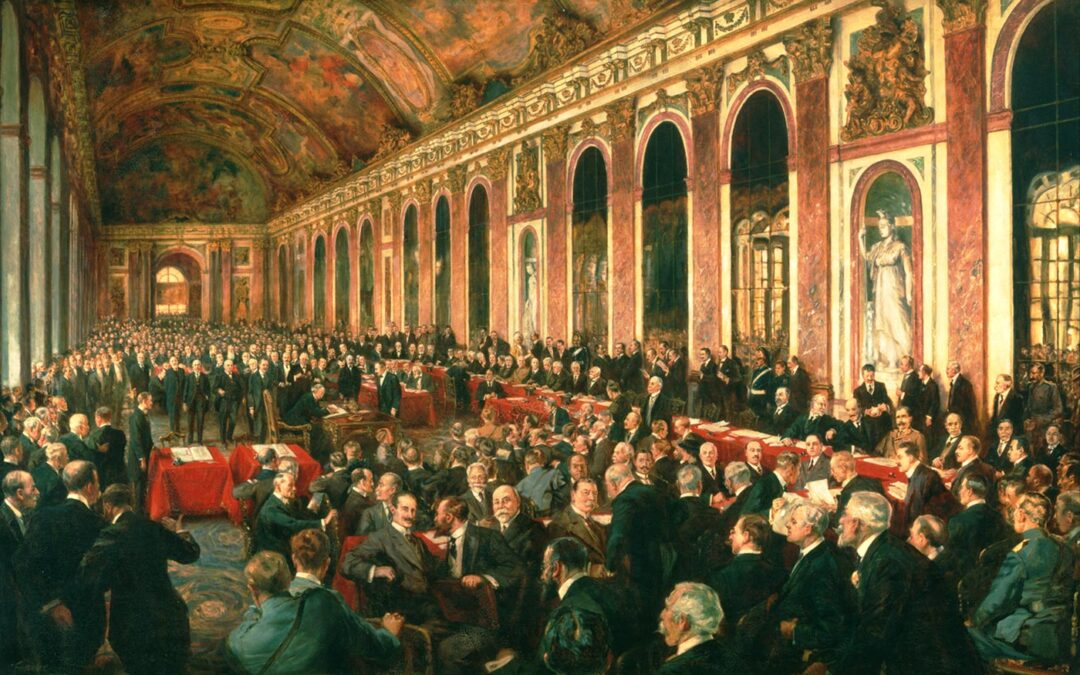
by admin | Jun 23, 2020 | Treaty of Versailles
The Treaty of Versailles, signed in June 1919 at the Palace of Versailles in Paris at the end of World War I, codified peace terms between the victorious Allies and Germany. The Treaty of Versailles held Germany responsible for starting the war and imposed harsh... 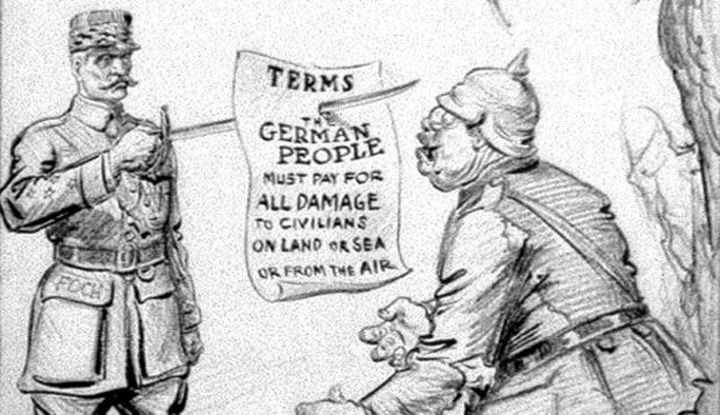
by admin | Jun 21, 2020 | Treaty of Versailles
European countries dealt a harsh punishment to Germany for its role in the First World War—a move that would soon come back to haunt the world. On June 28, 1919, on the outskirts of Paris, European dignitaries crowded into the Palace of Versailles to sign one of... 
by Ciprian Stoleru | Jun 4, 2020 | Russian Empire, Treaty of Versailles
Winston Churchill, who during the 1919 Paris Peace Conference was the British Secretary of State for War and Air, was one of the few Allied leaders who understood that Lenin and his Bolsheviks were a new phenomenon on the political scene and that, behind the Marxist... 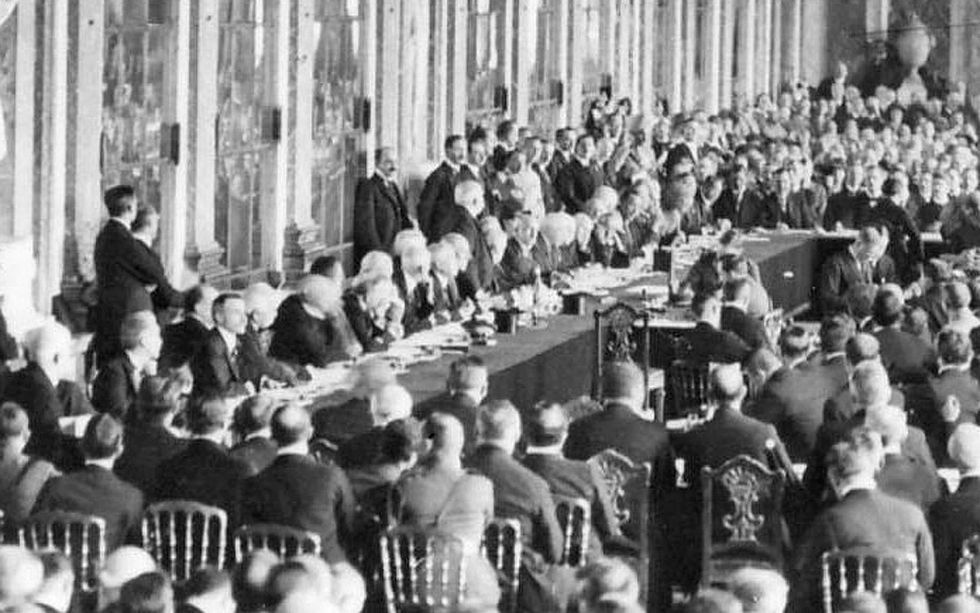
by Ciprian Stoleru | Jun 1, 2020 | Treaty of Versailles
British Prime Minister David Lloyd George, said during the Paris Peace Conference that Russia had become a land of the unknown: “Russia was a jungle where no one could say exactly what was happening”. The Great Powers did not understand what the situation in Russia... 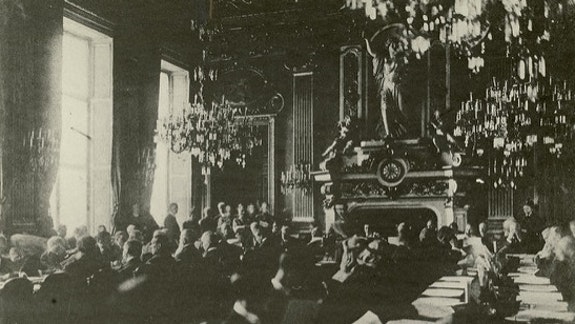
by Ciprian Stoleru | May 25, 2020 | Treaty of Versailles
In January 1919, all roads led to Paris. After the greatest war that mankind had ever seen, the peace conference was the most discussed topic. The most powerful politicians and generals in the world arrived in Paris. Countries large and small had interests closely...






